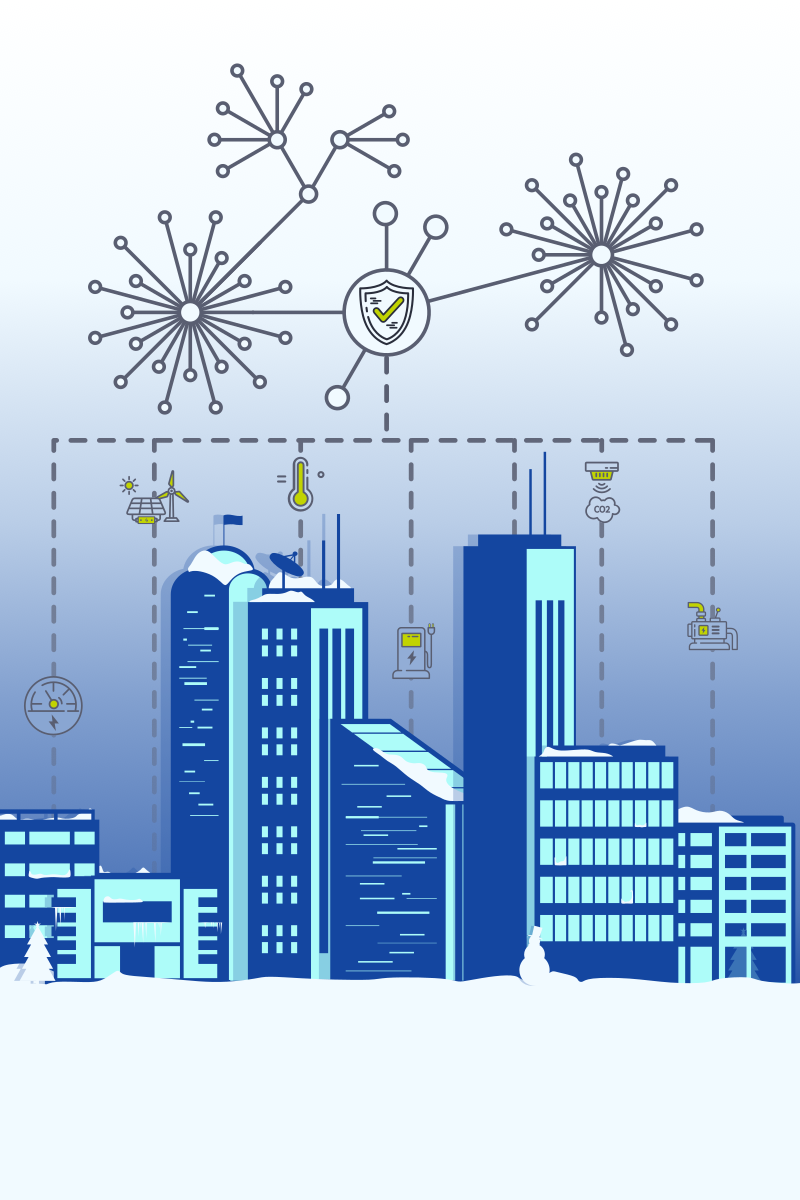Emerging standards to support Single-Pair Ethernet will have a meaningful impact in the smart building sector. Joining panelists from Analog Devices, Cisco, CommScope and Panduit, ACE IoT outlined how widespread adoption of Single-Pair Ethernet standards will help resolve long-standing challenges acquiring and deriving value from building operations data.
What is Single-Pair Ethernet?
IEEE and TIA are developing standards designed to support a wide range of low-speed, low bandwidth devices – all over a single pair of UTP/STP cable while also providing power. Growing interest in sensors for lighting, HVAC, occupancy and other “Internet of Things” (IoT) applications has helped create demand for new standards for cabling systems specifically designed for use cases that require very little bandwidth.
Single-Pair Ethernet: Implications of Widespread Adoption for Smart Building Sector
The emerging Single-Pair Ethernet standards seem likely to change how those of us working in the commercial building environment (e.g., multi-story buildings) connect and power low-speed IoT devices including sensors, actuators and controllers used in HVAC, security and lighting applications.
A range of protocols, media, conductor sizes, distances and connector types are currently utilized to support low bandwidth machine-2-machine communications (M2M). Controllers and sensors that detect heat, moisture, pressure or other environmental factors and actuators that control valves and other switches including relays use terminal block connectors in order to connect and interoperate. Without standardization on signaling levels, cable types, or power supply, there is a lot of room for expensive mistakes and delays when designing and deploying the integrated systems that modern building operations demand.
The new Single-Pair Ethernet standards were developed to bring interoperability to the divergent systems and devices that connect in IoT and Operational Technology (OT) environments allowing systems and devices from multiple vendors to interoperate using a shared physical infrastructure. Widespread adoption of Single Pair Ethernet standard would help minimize cost and limit the overall size of cables and connectors by eliminating unused pairs.
ACE IoT views Single-Pair Ethernet as the logical next step in smart building infrastructure. Application layers for smart buildings have already converged on Ethernet and IP based communications. The Single-Pair Ethernet standard allows the convergence present in applications to spread all the way to the edge. Such a convengence will enable shared infrastructure that, in turn, will reduce costs of deployment and integration across building systems.
By building on top of Ethernet, we gain all of the industry experience and best practices developed managing security in IT and OT Ethernet networks over the last 30 years. This also provides a converged management and telemetry capability, allowing faster resolution when communications issues do develop.
We, at ACE IoT, were very pleased to be able to offer our practioners’ perspective on the panel discussion at the BICSI Fall Conference in Las Vegas. Sometimes this perspective can be absent in discussions related to emerging technical standards.
“As device and hardware developers, we spend years working on these standards before seeing a real-world application. It was great hearing from ACE IoT just how much need there is for the Single-Pair Ethernet technology. As companies like Analog Devices develop these products, we’re excited about the new value streams companies like ACE IoT will uncover from a more fully integrated, interoperable and resilient smart buildings infrastructure.”
Heath Stewart, Design Director, Analog Devices
Like other IEEE enterprise applications, the new standard will be supported by commercial TIA and ISO/IEC cabling standards currently in development. For more information about the Single-Pair Ethernet Standard and how you can get involved, visit the Single Pair Ethernet Consortium website: https://spec.tiaonline.org/
If ACE IoT can help your organization deploy or test the Single-Pair Ethernet technology, please contact us.


